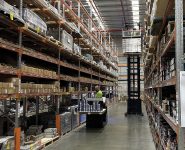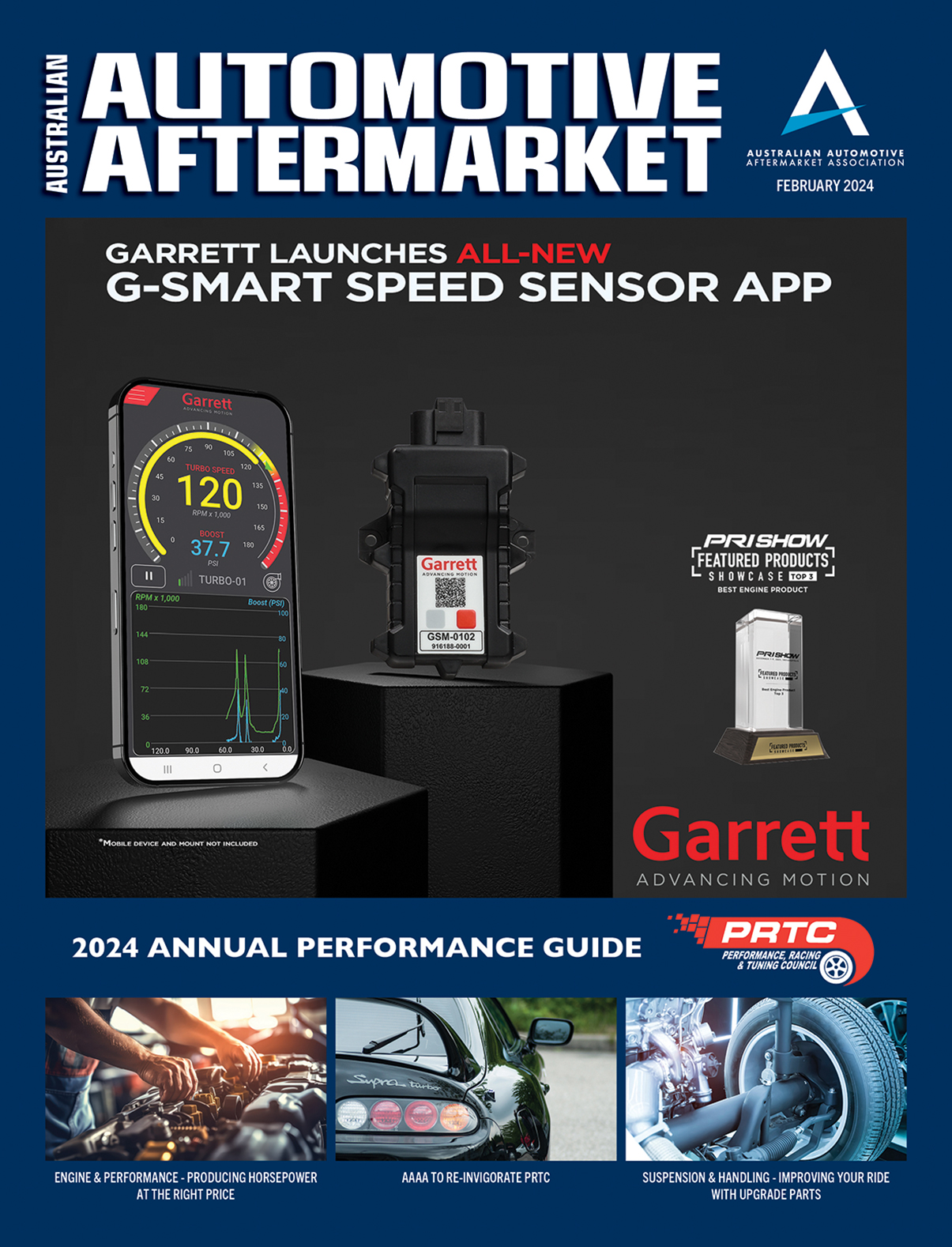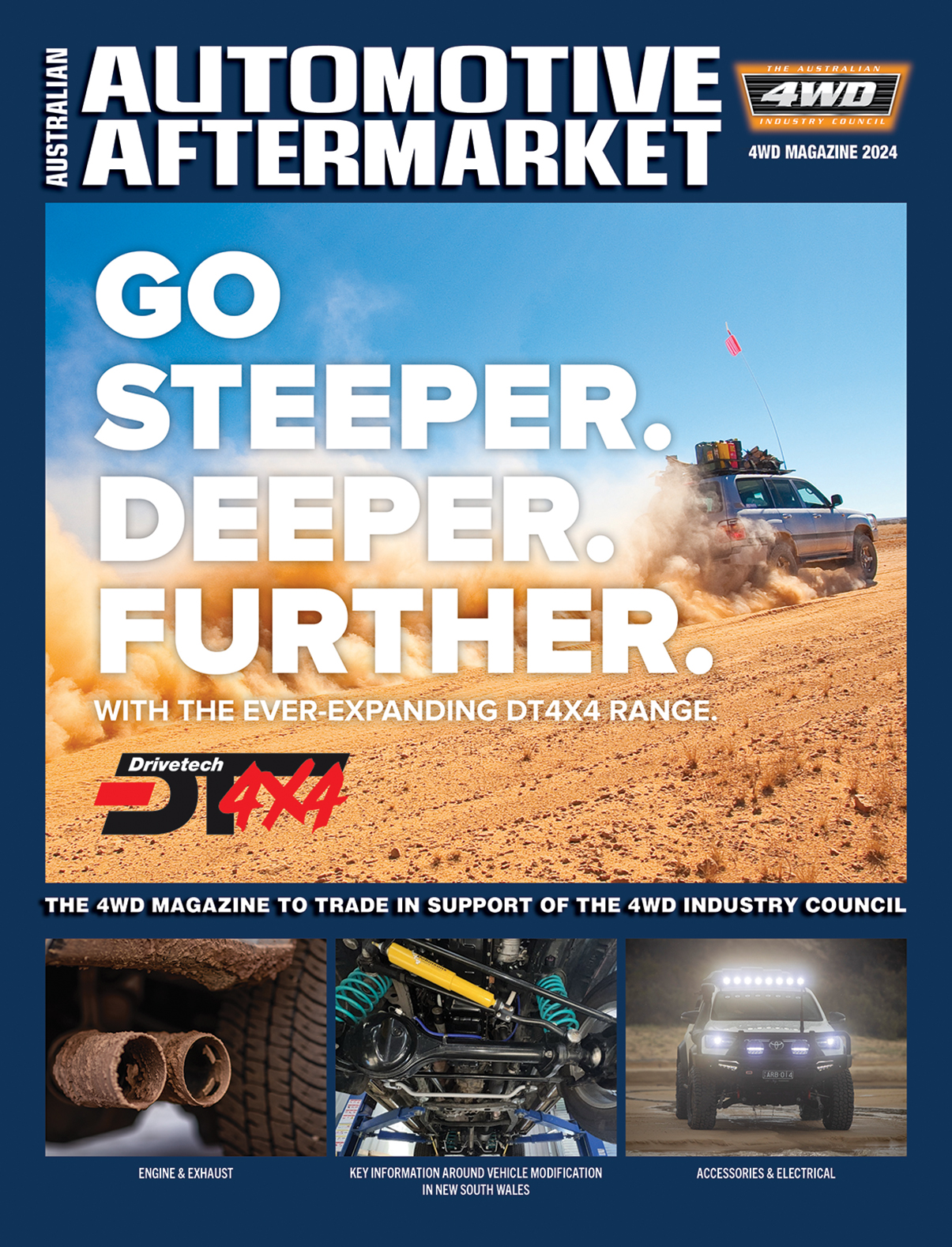DBA TALKS COMMON BRAKE PROBLEMS
In this article, the technical experts at Disc Brakes Australia take a look at how to diagnose and resolve common brake system issues
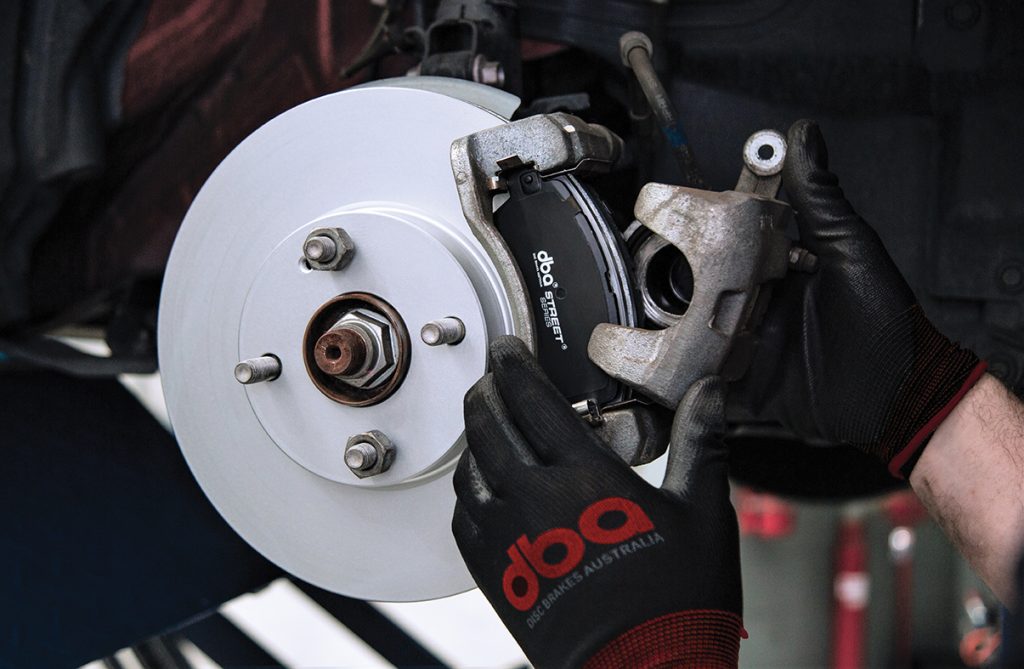
It is important to remind customers of the importance of regular brake inspections. Many vehicle owners will only have their brakes inspected when they run into a problem; hence many rotors, pads and other components are kept beyond their proper and safe use-by dates.
Regular inspection provides greater safety for motorists, greater replacement trade for workshops, and ultimately the opportunity to offer a quality brake upgrade to the customer.
Whilst checking a vehicle’s brakes, keep an eye out for the following, common brake issues:
Low brake fluid
Usually indicates a leak in the brake system, which poses a serious safety hazard. The calipers, wheel cylinders, brake hoses, brake lines, and master cylinder all need to be inspected. If a leak is found, the defective component must be replaced. The vehicle should not be driven until the repairs can be made because a leak may lead to brake failure.
Low brake pedal
This can result if shoe adjusters on drum brakes stick and fail to compensate for normal friction material wear. Adjusting them may restore a full pedal, but unless the adjusters are cleaned or replaced the problem will return as the friction linings wear. Other causes include worn friction material or a fluid leak.
Spongy or soft pedal
Means there’s air in the brake system either as a result of improper bleeding, fluid loss or a very low fluid level. The cure is to bleed the brakes using the sequence recommended for the specific vehicle. Another possible cause is a rubber brake hose that is “ballooning” when the brakes are applied.
Excessive pedal travel
Possible causes include worn friction material, misadjusted drum brakes, and air in the brake lines. Potentially dangerous because the system may run out of pedal before the vehicle can be safely stopped.
Pedal sinks to floor
A dangerous condition caused by worn internal rubber seals in the master cylinder or a leak in the hydraulic system will not allow the brakes to hold pressure.
Pedal pulsation
A jerking or pulsing brake pedal indicates DTV (Disc Thickness Variation), and the brake rotor needs to be resurfaced or replaced. The faces of a rotor must be parallel (within 0.0005inch / 0.0127mm on most cars) and flat (no more than about 0.002 inches or 0.050 mm of runout). Don’t forget the wheel bearings (if serviceable) – they will need to be cleaned, inspected, and repacked with grease. New grease seals will also be needed.
Steering wheel vibration
Indicates a torque variation in the brakes. This is commonly associated with friction material deposits on the brake rotors causing a grab and release motion. The intermittent torque from left to right pulls on the steering rack and transfers to the steering wheel. Steering wheel vibration can also indicate DTV when combined with a pedal pulsation. Check for friction material deposits (dark patches) first.
Chatter
Vibrations and noise through the brake pedal and/or steering wheel under braking. Commonly caused by rotors that have been machined incorrectly.
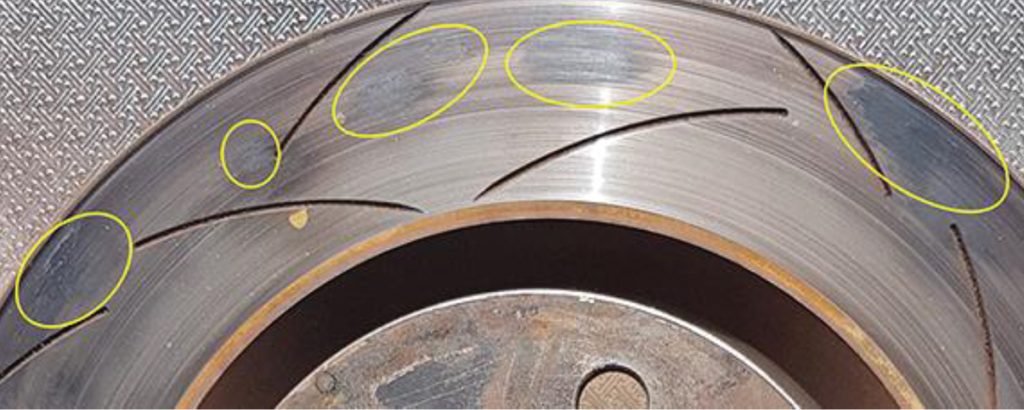
Scraping noise
Usually indicates metal-to-metal contact and the need for a long overdue brake job. Drum and rotor replacements will likely be needed in addition to new pads and/or shoes and potentially brake hardware. Some older generation brake pads have mechanical wear indicators, which give out a screeching sound. Newer pads use electronic wear sensors to alert the driver via a fault light/sound when the friction material needs replacing.
Squeals
Commonly caused by vibrations between the brake pads and caliper, which may be cured by resurfacing or replacing the rotors, installing new pads and pad shims, or applying brake grease or noise compound to the back of the pads.
Grabby brakes
Oil, grease or brake fluid on the friction surface will cause them to grab. The cure is to identify and eliminate the source of contamination, and then replace the linings. Badly scored drums or rotors can also grab. Resurfacing or replacement may be needed.
Dragging brakes
May create a steering pull and/or increased fuel consumption. Caused by weak or broken retracting springs on drum brakes, a jammed or corroded caliper piston, a floating caliper with badly corroded mounting pins or bushings. Brake calipers should be overhauled or replaced every 60,000 kms. Dragging brakes cause extreme wear, excessive temperature and can mean lower performance in emergencies.
Brakes pull to one side
Can be caused by contaminated friction surfaces, misadjusted brakes, a bad wheel cylinder or caliper, dragging brakes on one side, or loose wheel bearings. Can also be caused by a side-to-side mismatch of friction materials on the front brakes, or differences in rotor thickness, type or condition.
‘Hard’ pedal
Lack of power assist may be due to low engine vacuum, a leaky vacuum hose or a defective booster. Sometimes a faulty check valve will allow air to enter the vacuum in the booster, causing a hard pedal when the brakes are applied. This condition can be diagnosed by letting the vacuum out of the system while the engine is switched off, then start the engine while the brake pedal is depressed. If there is a sinking feeling when the engine is started, the power assist booster is working. After trying this if there is no pedal drop, the power assist booster may need attention, or there may be a blocked vacuum hose, or a new check valve is needed.
Brake fluid
Brake fluid is hydroscopic, which means it absorbs moisture. If this happens, the boiling point of the brake fluid drops dramatically, which causes the fluid to boil, resulting in a loss of braking. Fluid should be replaced every two years or 60,000 kms. When flushing new brake fluid through the system, make sure the master cylinder reservoir has been cleaned so not to flush any contamination through the brake system.
As part of its commitment to outstanding customer service, DBA – which says it is Australia’s leading brake rotor manufacturer and distributor of complete braking solutions – regularly shares technical expert advice via its website and other public and industry sites.
For more information, visit www.dba.com.au/resources or call 1800 730 039.



